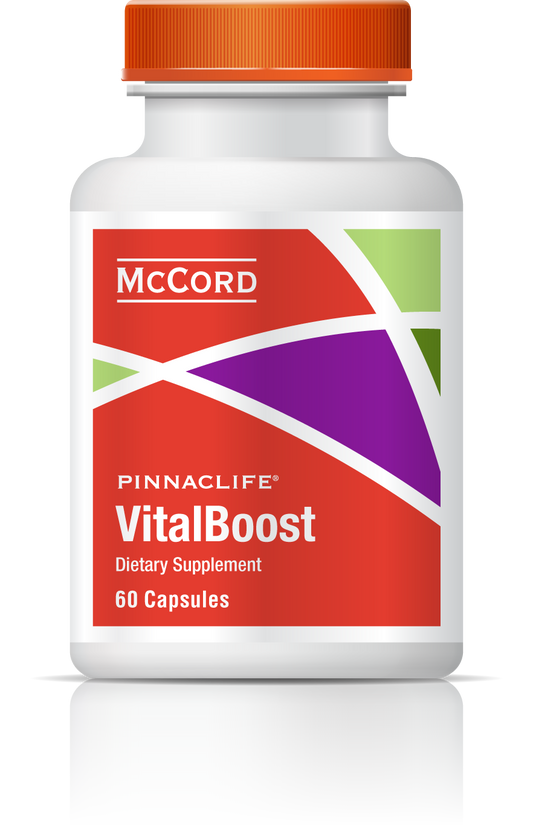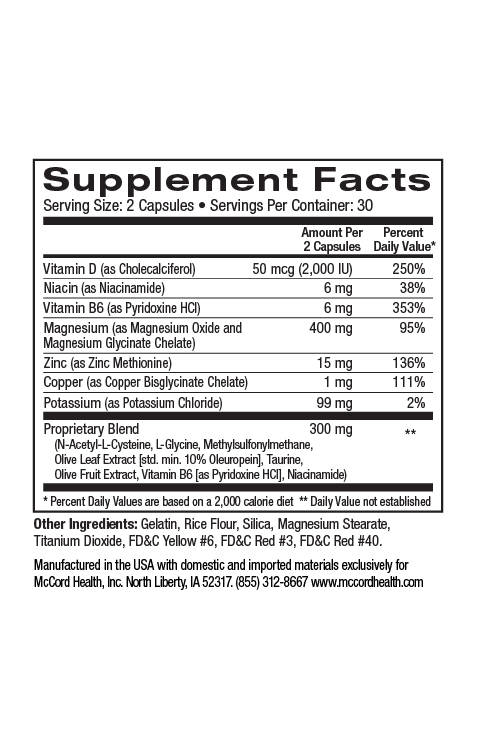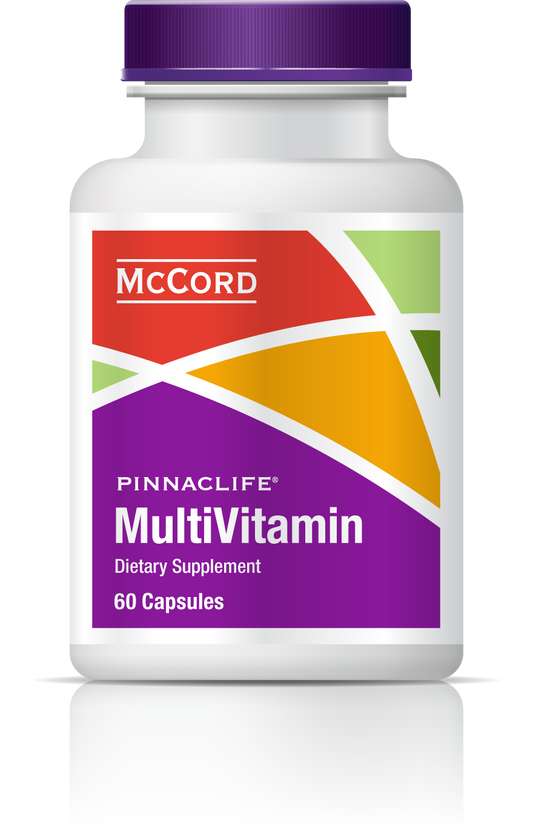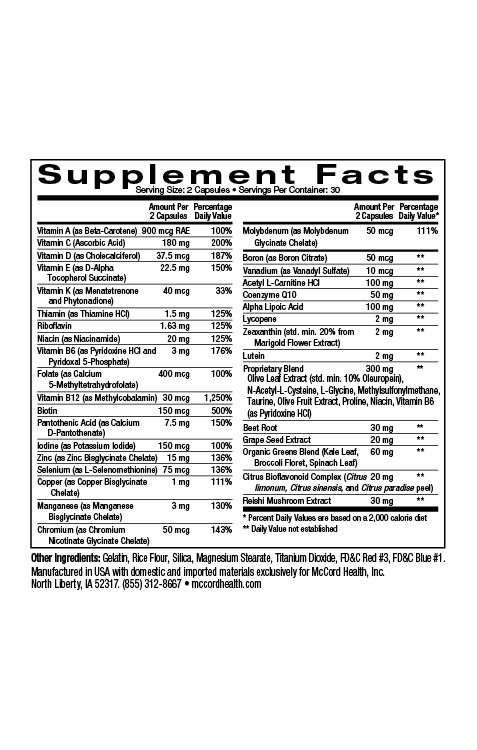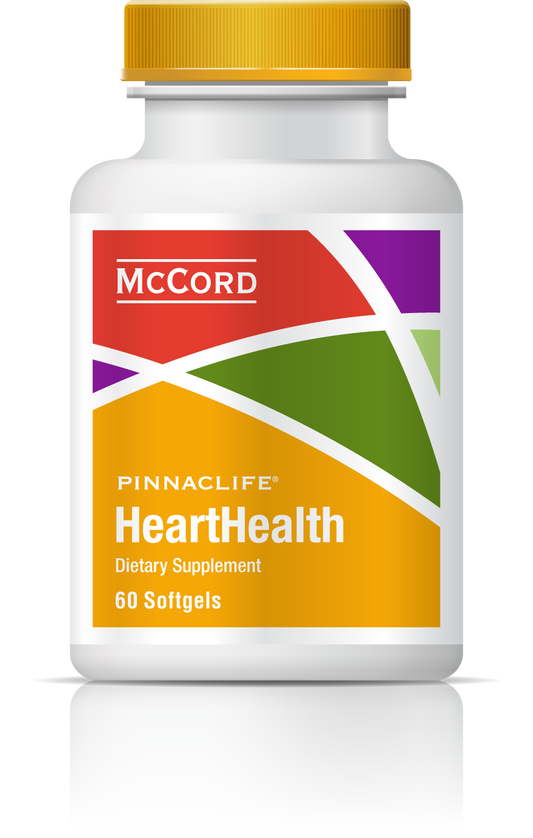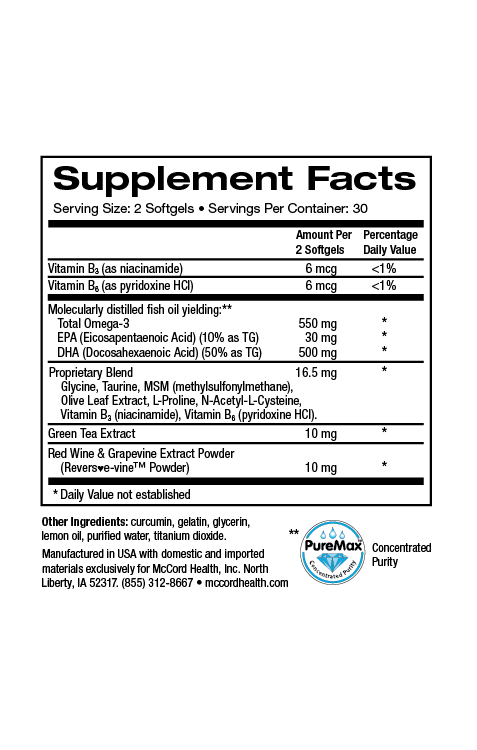As the outermost barrier against injury, infection, and dehydration, skin serves a crucial function for the body so it’s absolutely critical that it is well maintained. Increased physical activity and exposure to the elements makes skin more vulnerable to damage associated with dehydration, chapping, chafing and excess moisture due to increased sweating (perspiration).
Viniferamine® skin and wound care products were designed to strengthen skin, help repair damaged skin and help protect skin from dehydration and chapping. Viniferamine® Renewal Moisturizer can help keep skin hydrated and well nourished. Each ingredient in Renewal Moisturizer is perfectly balanced to achieve maximum skin restoration. Viniferamine® Silicone Barrier also nourishes skin plus it provides an advanced silicone barrier that protects skin from irritants and is “breathable” yet silky and durable to help protect skin against damage associated with friction (chafing) and chapping.
Sweating can be a nuisance, but we all know it plays an important role in keeping the body cool. There are two main types of sweat glands: apocrine sweat glands found in the sensitive areas including the armpits, the genital area and in the eyelids, and eccrine sweat glands that are distributed throughout the body (that total between 2 to 5 million glands). Even in moderate climates, humans excrete up to 700 milliters of sweat per day so it's important to keep the body hydrated by drinking enough water that will also help keep skin hydrated.
Sweat mixes with the sebum released from sebaceous glands that includes triglycerides, wax esters and squalene, forming a protective layer over the skin that helps prevent water evaporation through the skin. Sweat also moisturizes the skin and contains antimicrobial peptides to help prevent infections. Sweat is composed mostly of water, salt (NaCl), potassium and bicarbonate, as well as lactate and urea that enhance the slight acidity of skin inhibiting microbial contaminations. Sweat from apocrine glands is a little more complex and thicker, and its degradation by bacteria results in body odor.
Moisture increases the skin’s permeability and decreases the skin’s barrier function. When the skin is moist, the effects of friction can be more damaging. Moisture-associated skin damage (MASD) is defined as inflammation and erosion of the skin caused by prolonged exposure to moisture such as perspiration. Lesions caused by moisture are characterized by epidermal erosion and a macerated (wrinkled, white and soft) appearance of the skin. Most perspiration is evaporated rapidly, but MASD can occur over time in areas where perspiration can’t readily evaporate.
Viniferamine® SkinMineralZ is ideal for treating macerated or inflamed skin. SkinMineralZ combines amazing skin health components including mineral clay, zinc oxide and carboxymethylcellulose. These three highly effective and beneficial components included in SkinMineralZ promote skin health and healing with an advanced approach that is unique to skin and wound care. Viniferamine® Clean N Moist gently and effectively removes SkinMineralZ while nourishing and protecting the skin.
Medicinal clays like in SkinMineralZ have been used traditionally for centuries to enhance skin health due to their adsorption and absorption qualities and the extremely fine particle size of the clays, which allows them to remove oils, secretions, toxins, and contaminants from skin. Medicinal clays also have antibacterial properties that may be due to their ability to transfer cations.
Metallic cations such as silver, copper, zinc and iron, which have strong bactericidal effects on a broad spectrum of bacteria may be released from medicinal clays producing damaging effects against bacteria. Many of the minerals found in medicinal clays also benefit skin health by participating in important cellular, physiological and enzymatic processes. In fact, approximately one-third of all enzymes require metal ions in order to be active.
Metallic oxides also benefit skin health including zinc oxide, which has a long history of safe and effective use in sunscreens and in the treatment of skin rashes such as diaper rash. Zinc oxide is also known to have antibacterial activity, with demonstrated effectiveness against E. coli and S. aureus, as well as anti-fungal activity. Zinc oxide accelerates wound healing and has been shown to protect and sooth inflamed skin.
It’s good to know that Viniferamine® Renewal Moisturizer, Silicone Barrier, SkinMineralZ and Clean N Moist can help nourish and strengthen skin, as well as repair damaged skin. These uniquely beneficial products will also help protect skin from the damage associated with increased physical activity and excess perspiration.
About the author: Nancy Ray, PhD is the Science Officer at McCord Research. Dr. Ray received her PhD in Biochemistry and Biophysics and was a postdoctoral fellow at NIH, Harvard University and Dana-Farber Cancer Institute, and the University of Iowa. She also earned bachelor of science degrees in Chemistry and Microbiology.
References
- J Dermatol Sci 2015; 77: 3-10.
- J Wound Ostomy Cont Nurs 2011; 38: 233-241.
- Physiol Rev 1989; 69: 383-415.
- Adv Skin Wound Care 2012; 25: 232-236.
- Applied Clay Sci 2002; 21: 155-163.
- Int Geol Rev 2010; 52: 745-770.
- Int J Cosm Sci 2012; 34: 416-423.
- Environ Sci Technol 2011; 45: 3768-3773.
- J Microbiol Methods 2003; 54: 177-186.
- Derm Res Pract 2014; ID 709152: 1-12.
- Wound Rep Reg 2007; 15: 2-6.
Disclaimer: These statements have not been reviewed by the FDA. The decision to use these products should be discussed with a trusted healthcare provider. The authors and the publisher of this work have made every effort to use sources believed to be reliable to provide information that is accurate and compatible with the standards generally accepted at the time of publication. The authors and the publisher shall not be liable for any special, consequential, or exemplary damages resulting, in whole or in part, from the readers’ use of, or reliance on, the information contained in this article. The publisher has no responsibility for the persistence or accuracy of URLs for external or third party Internet websites referred to in this publication and does not guarantee that any content on such websites is, or will remain, accurate or appropriate.
